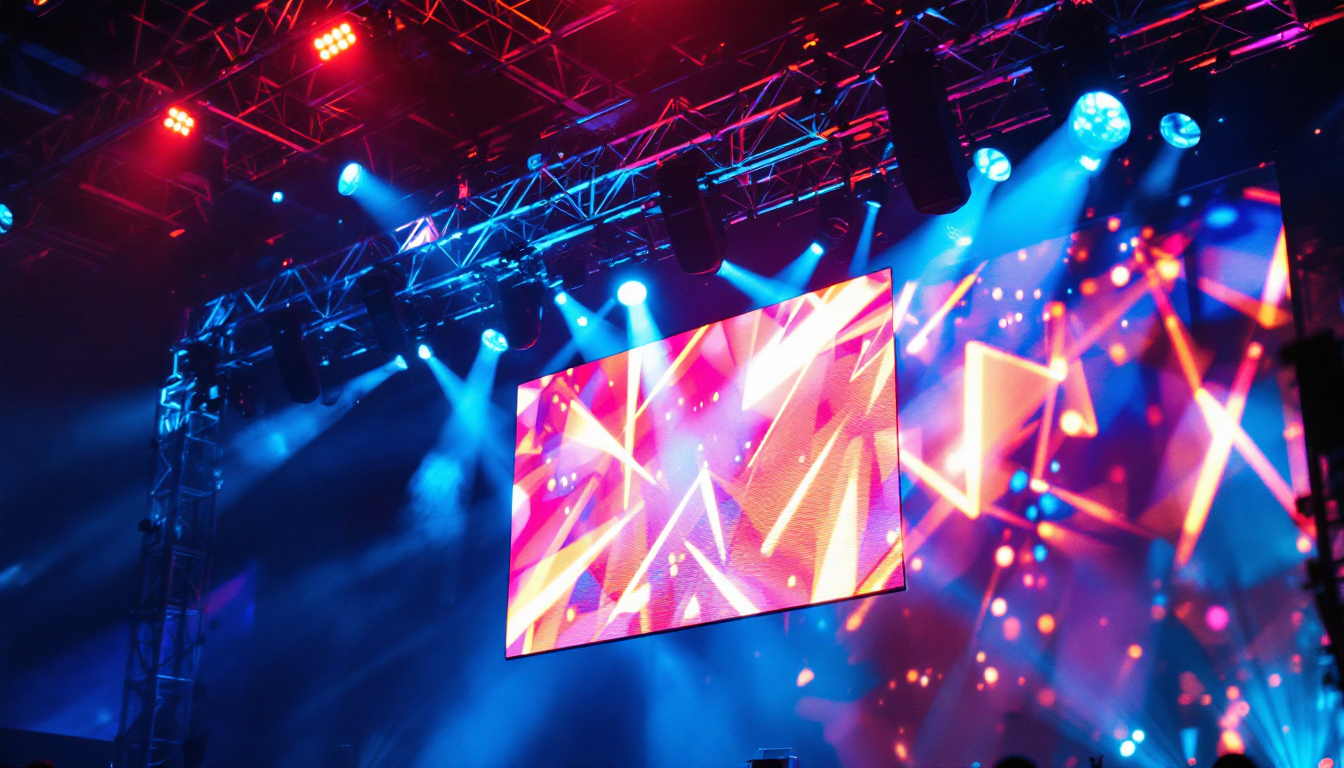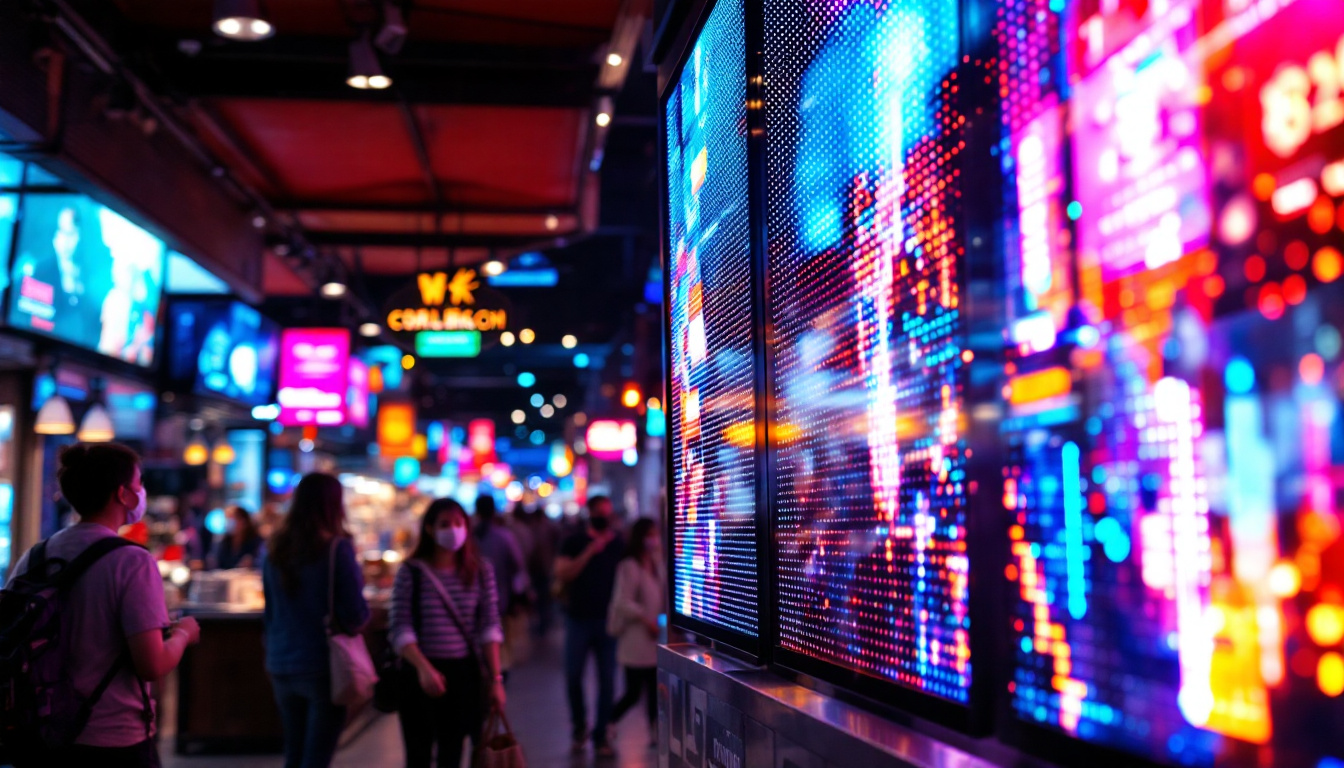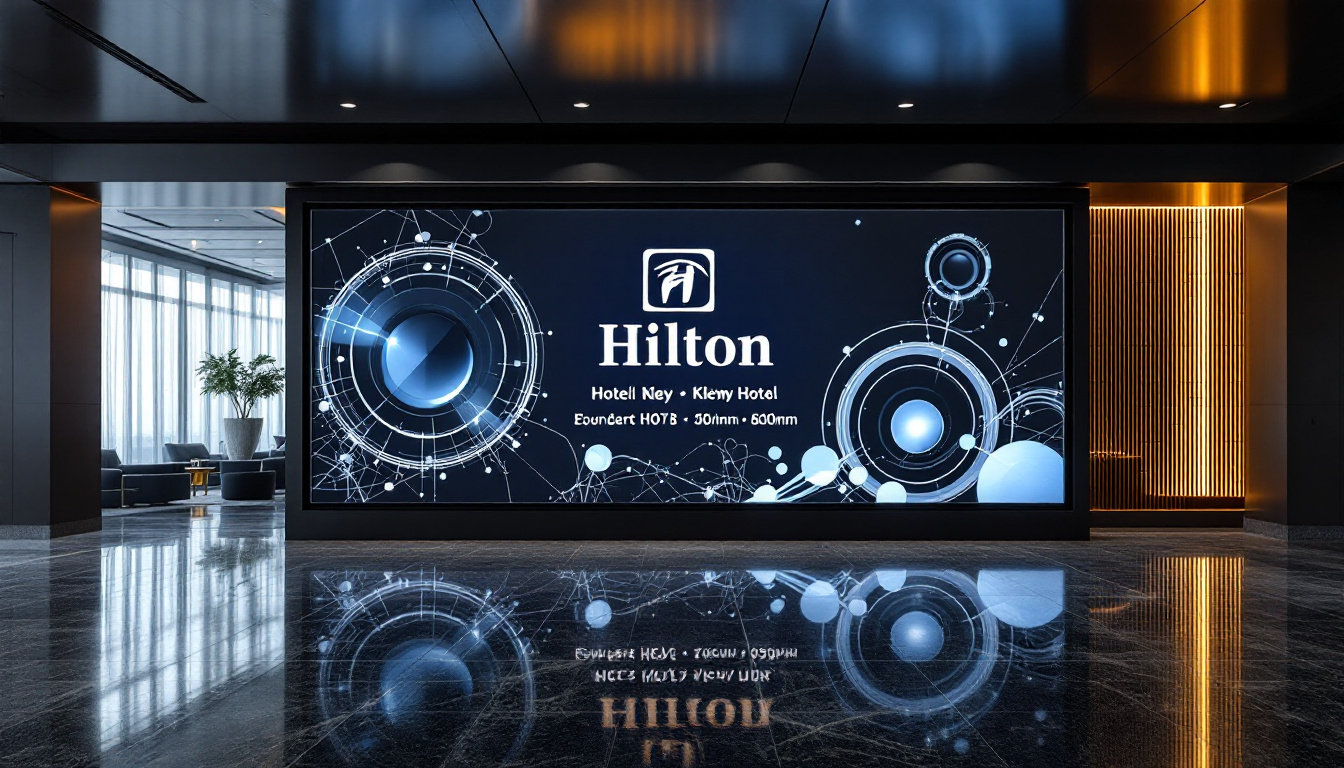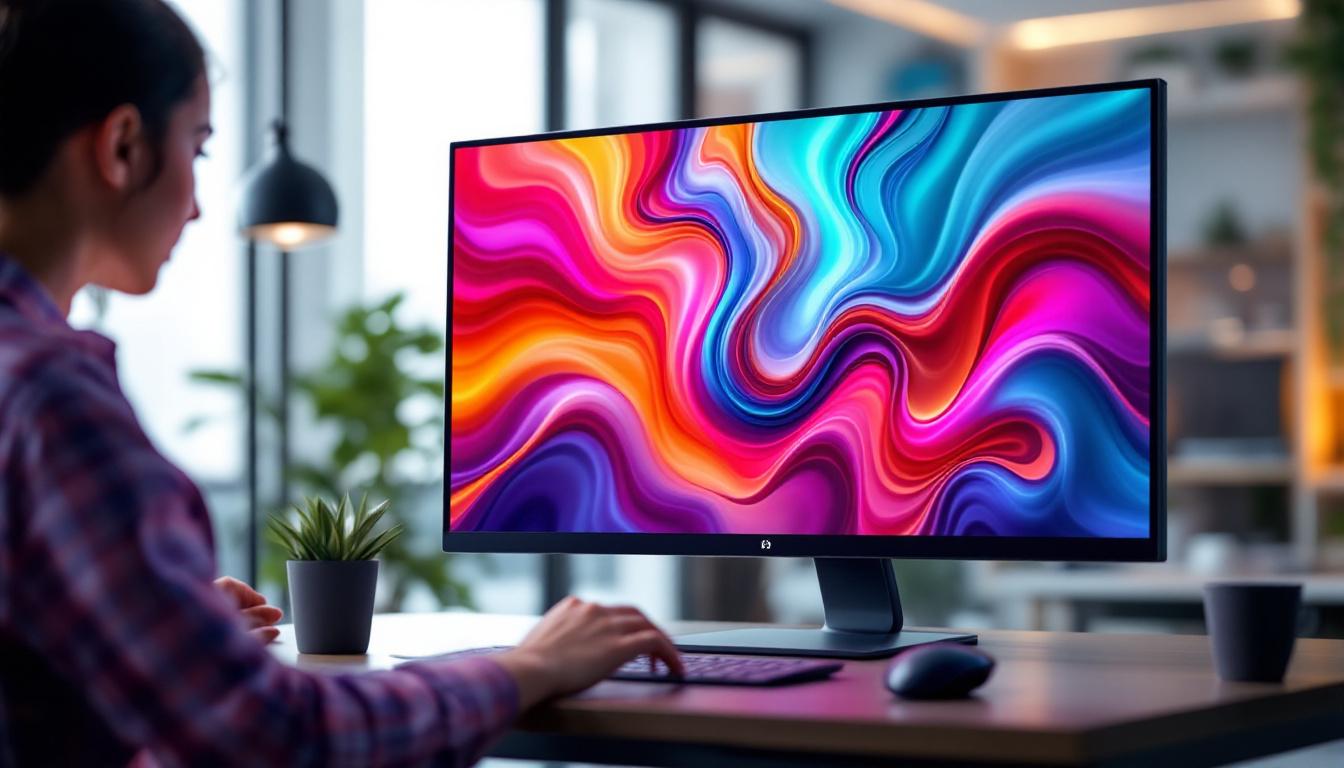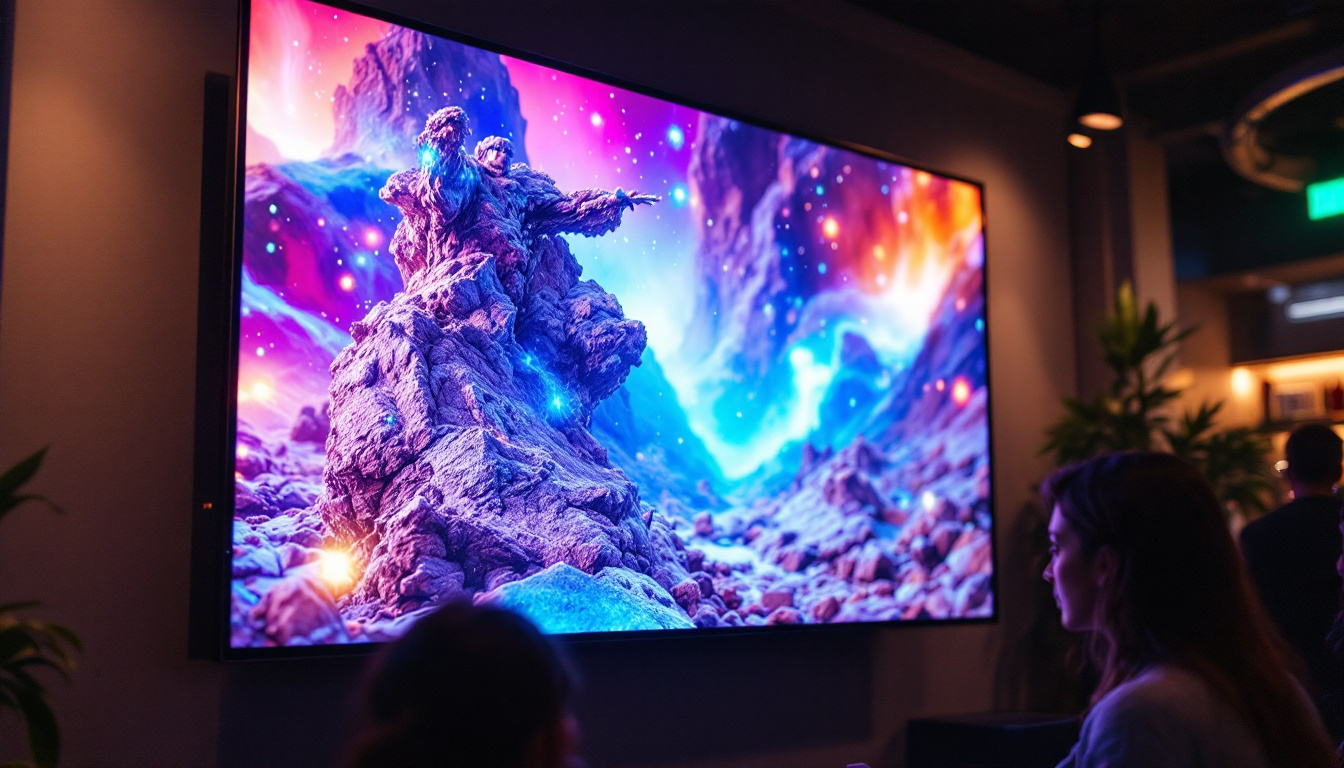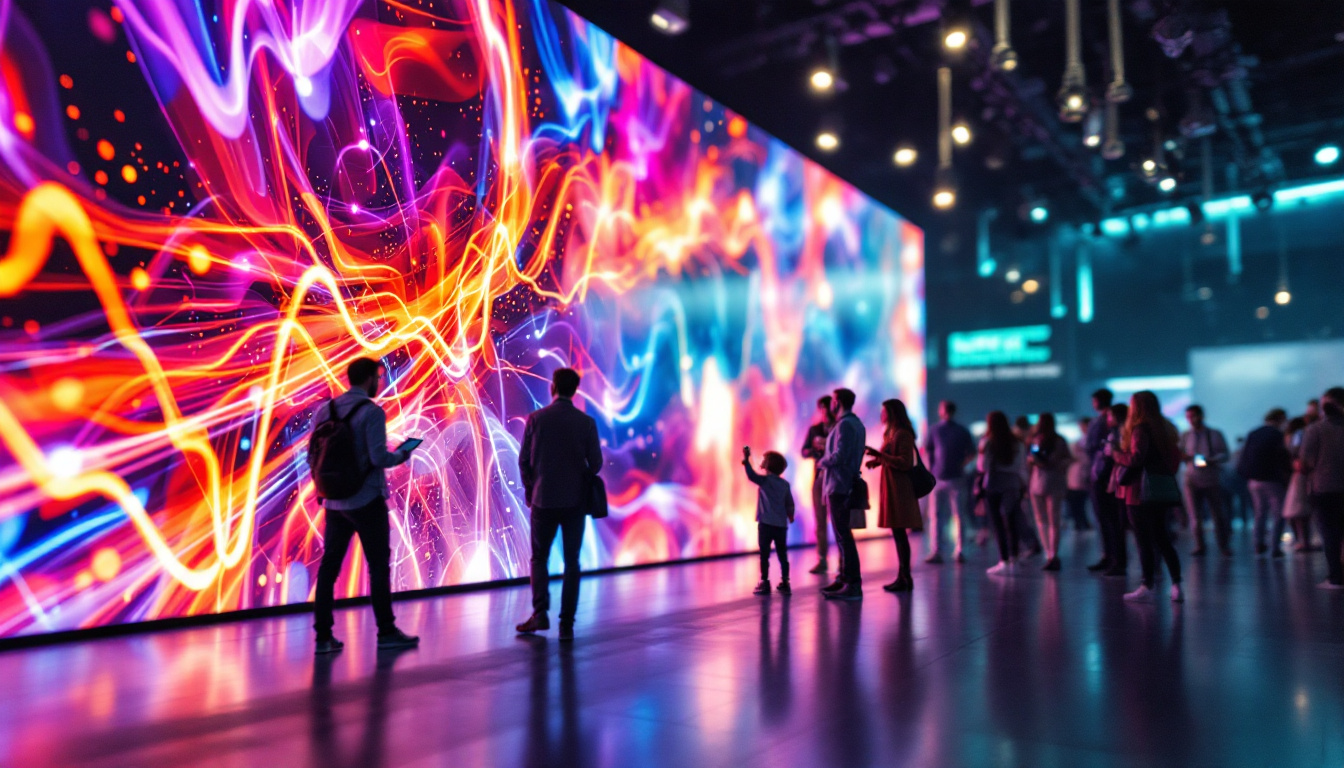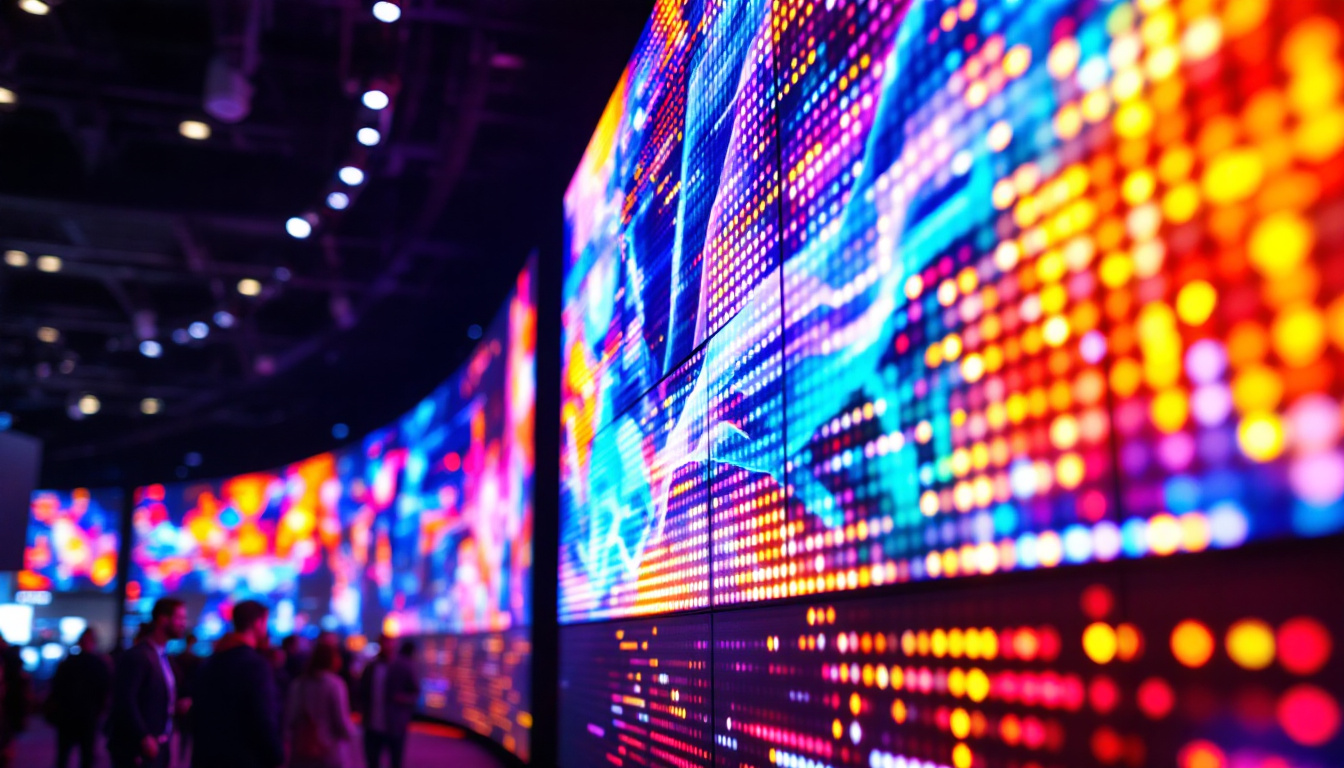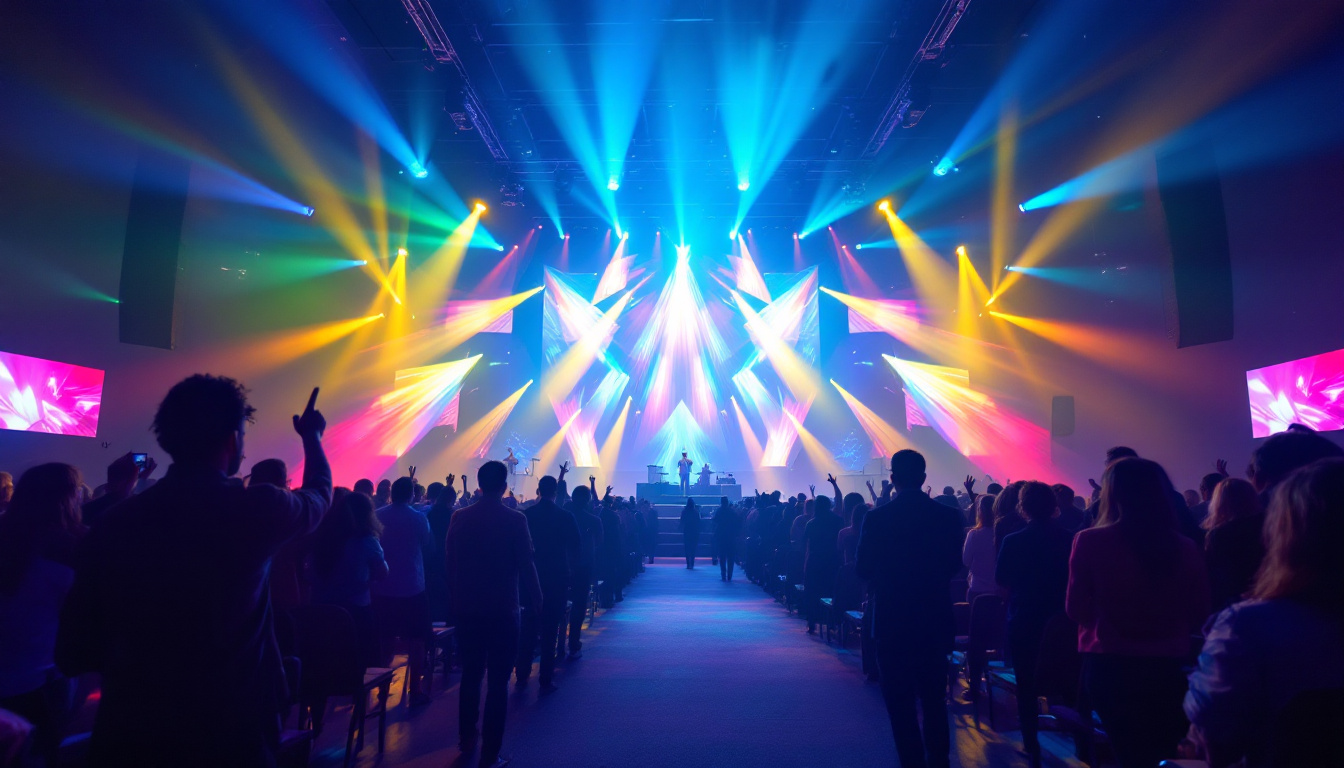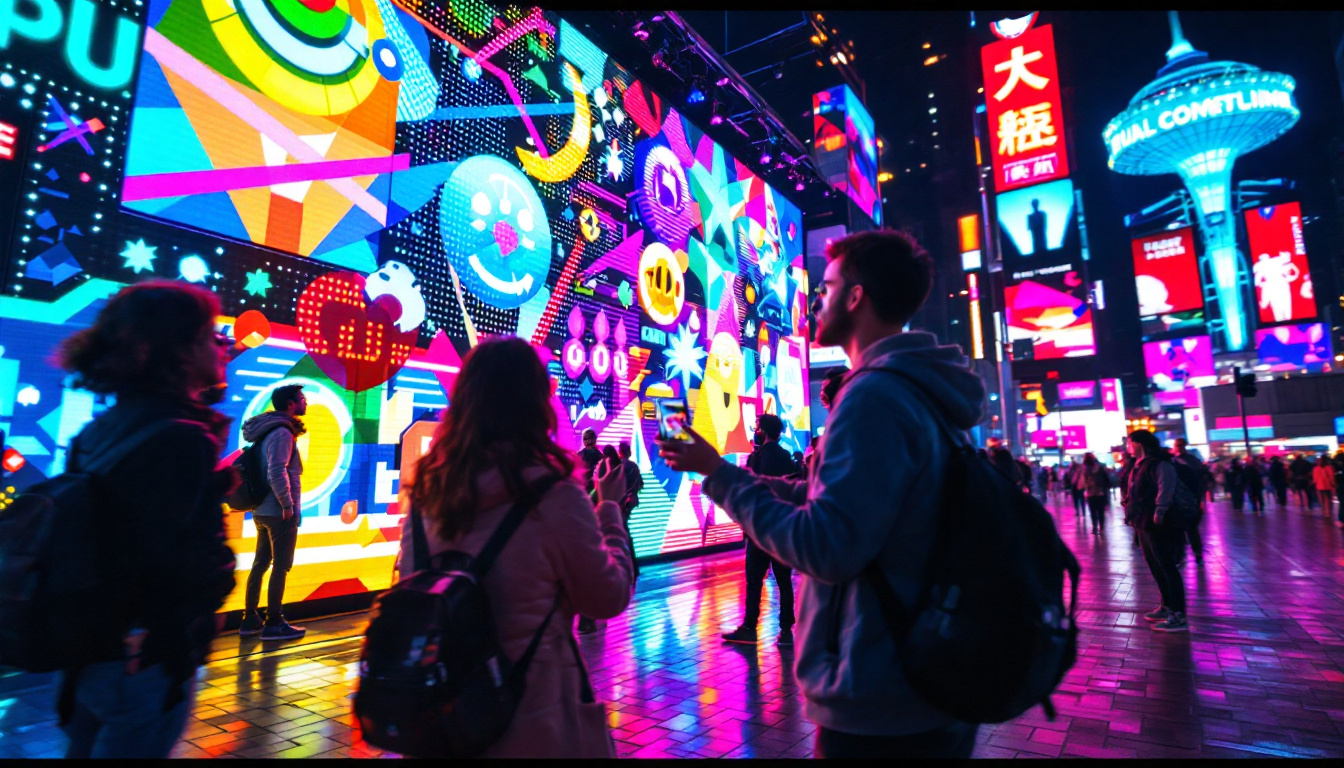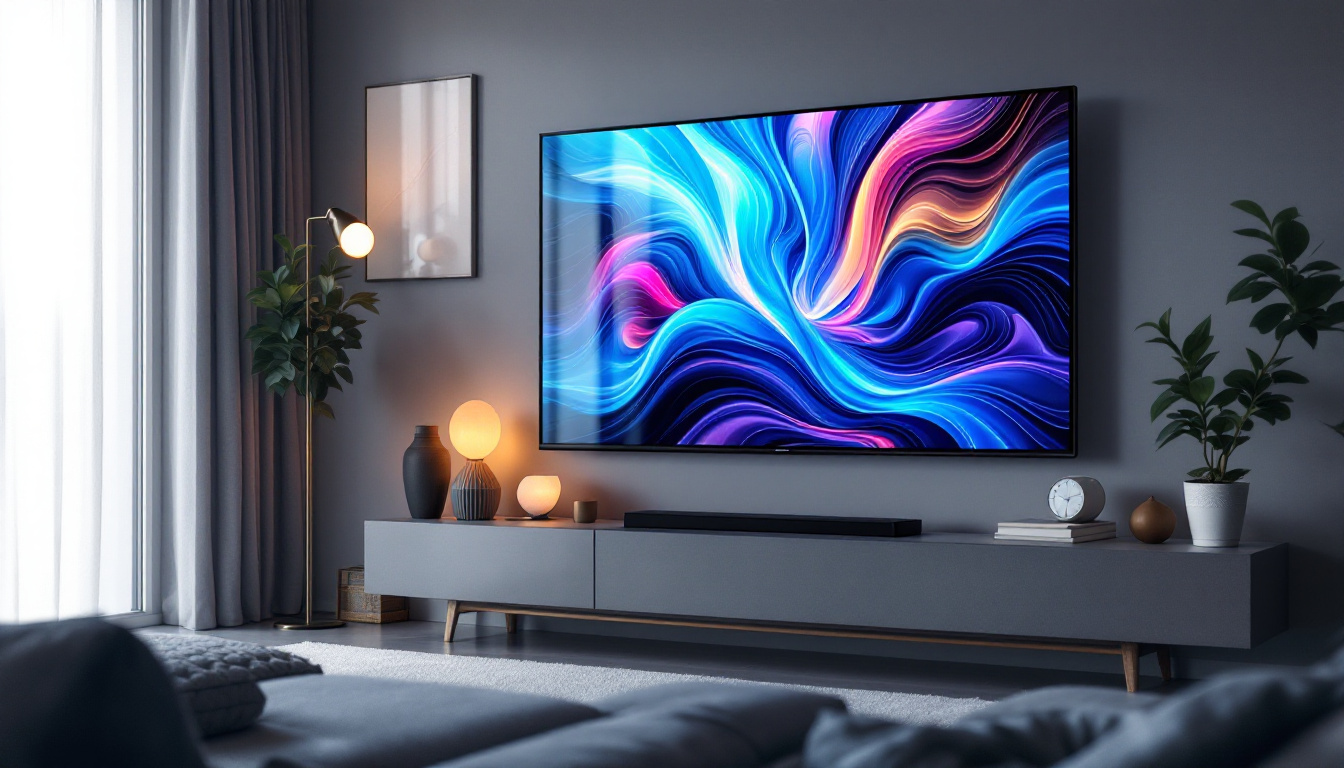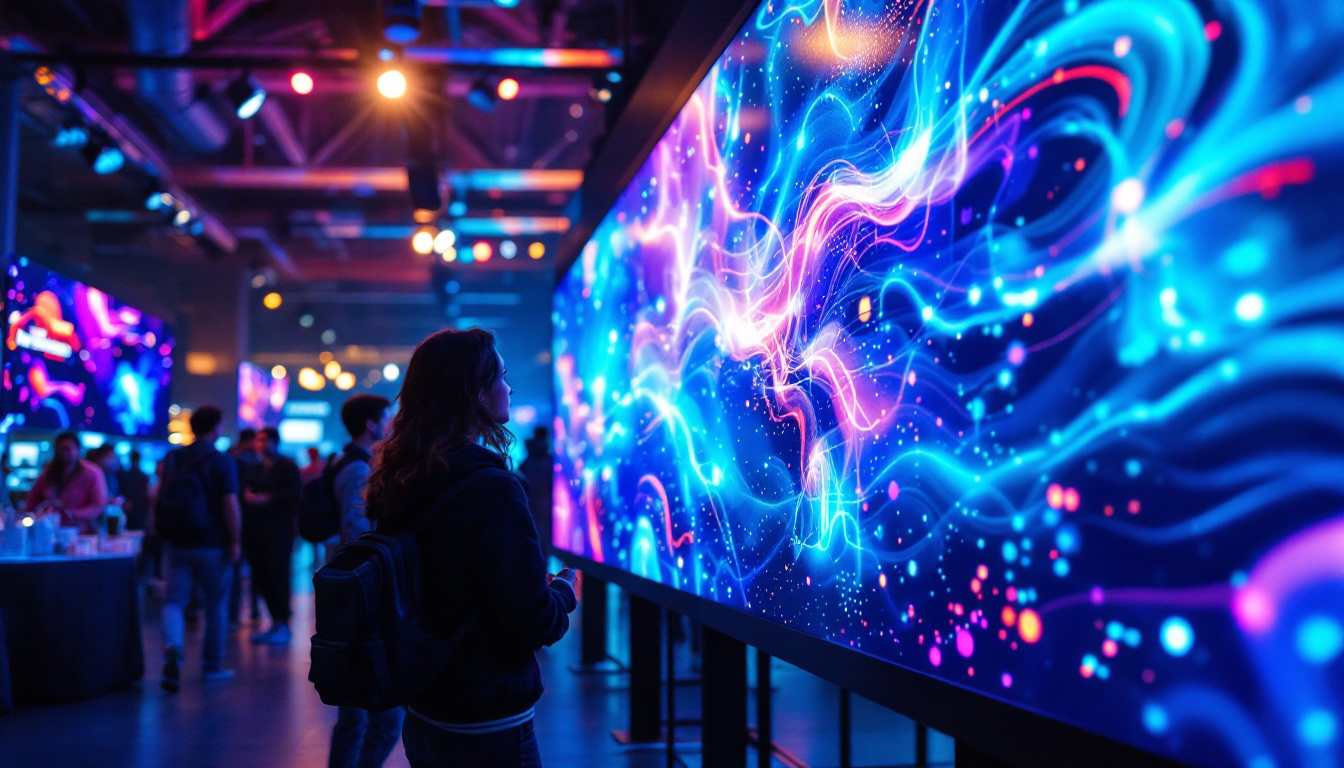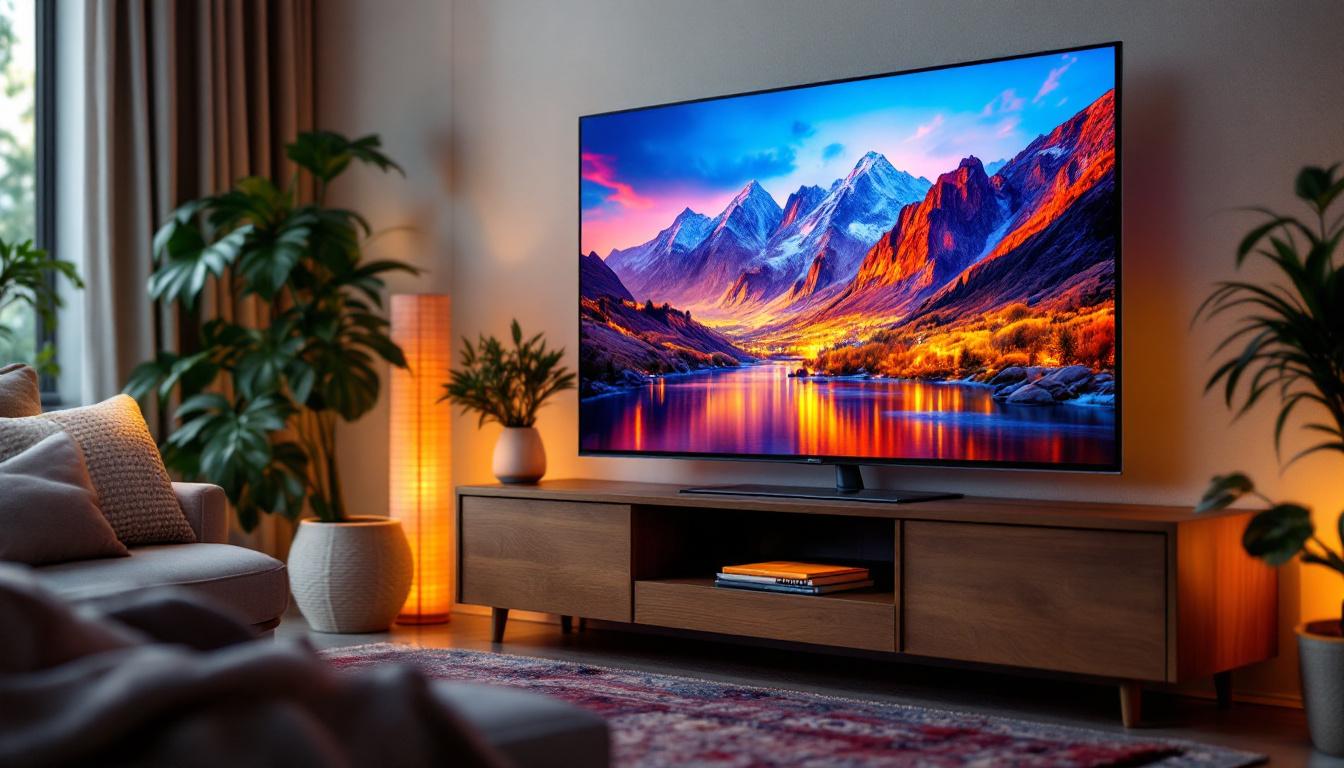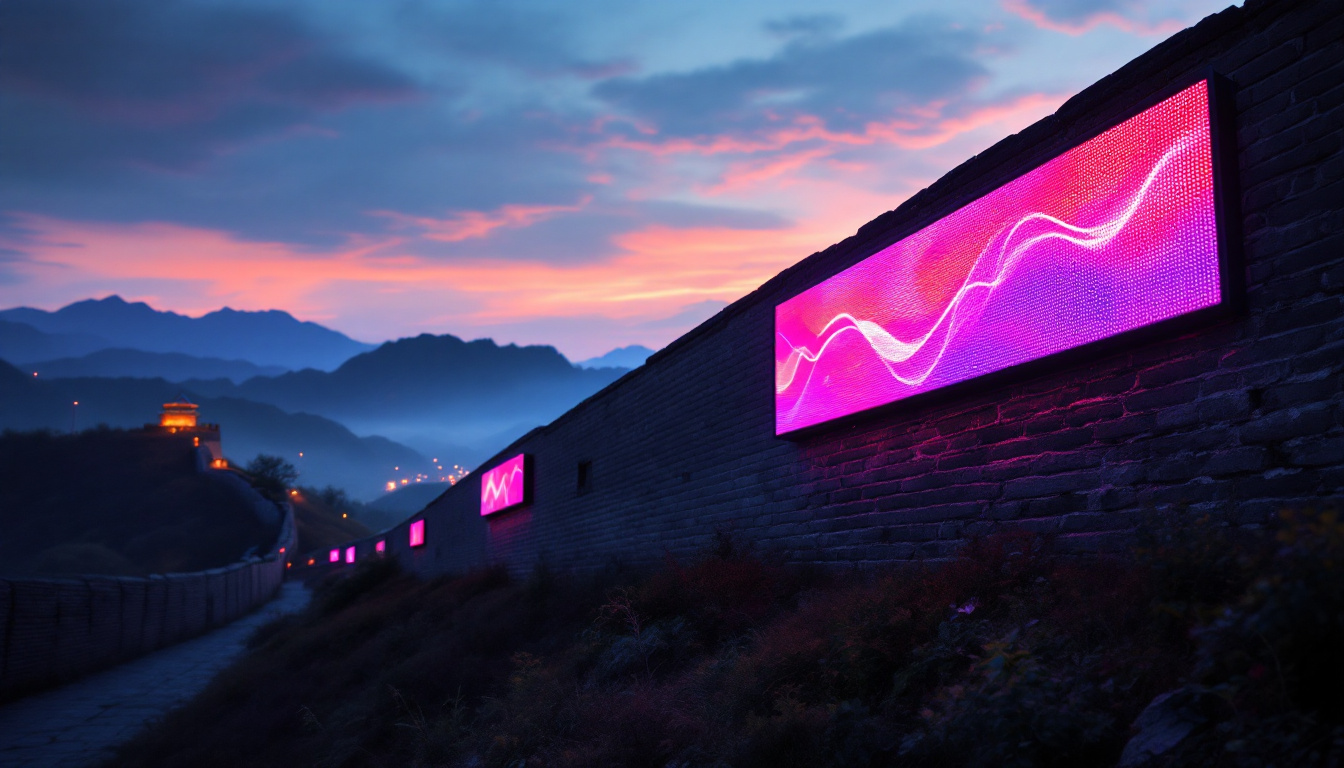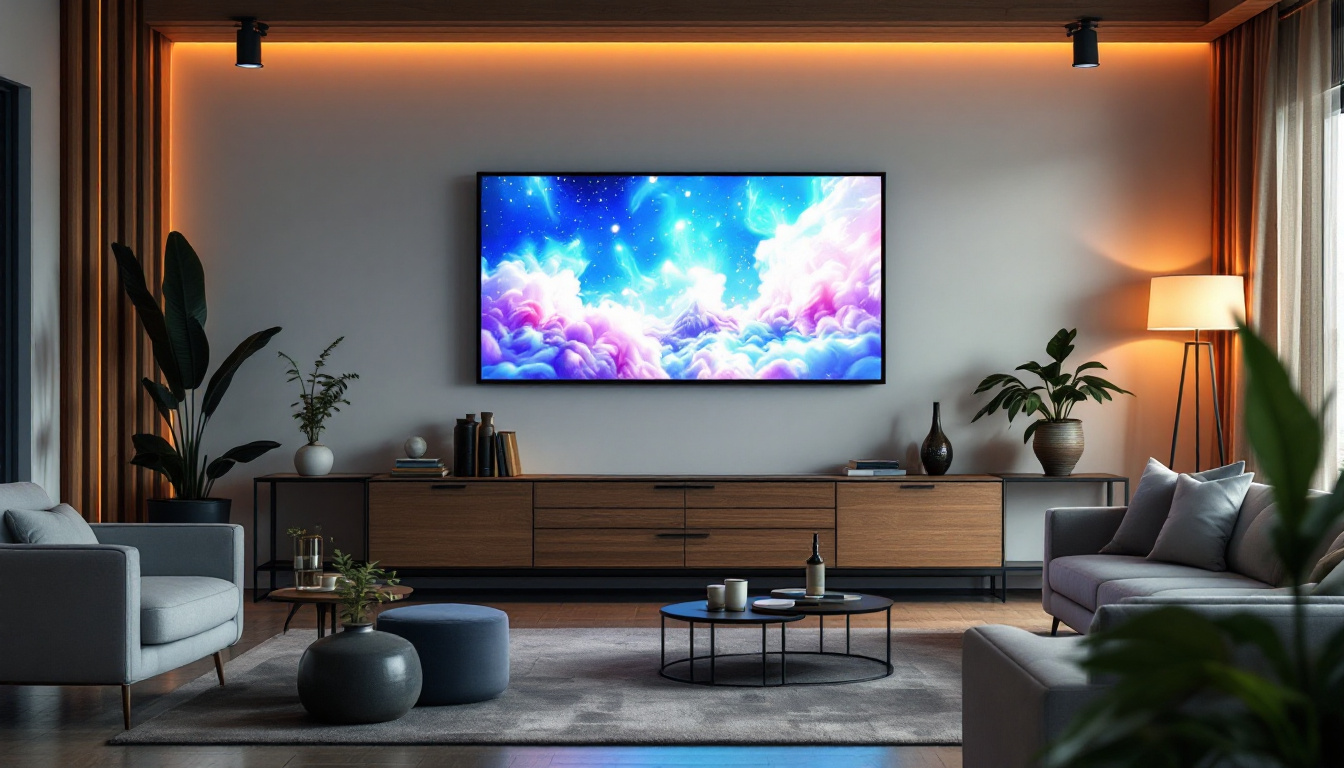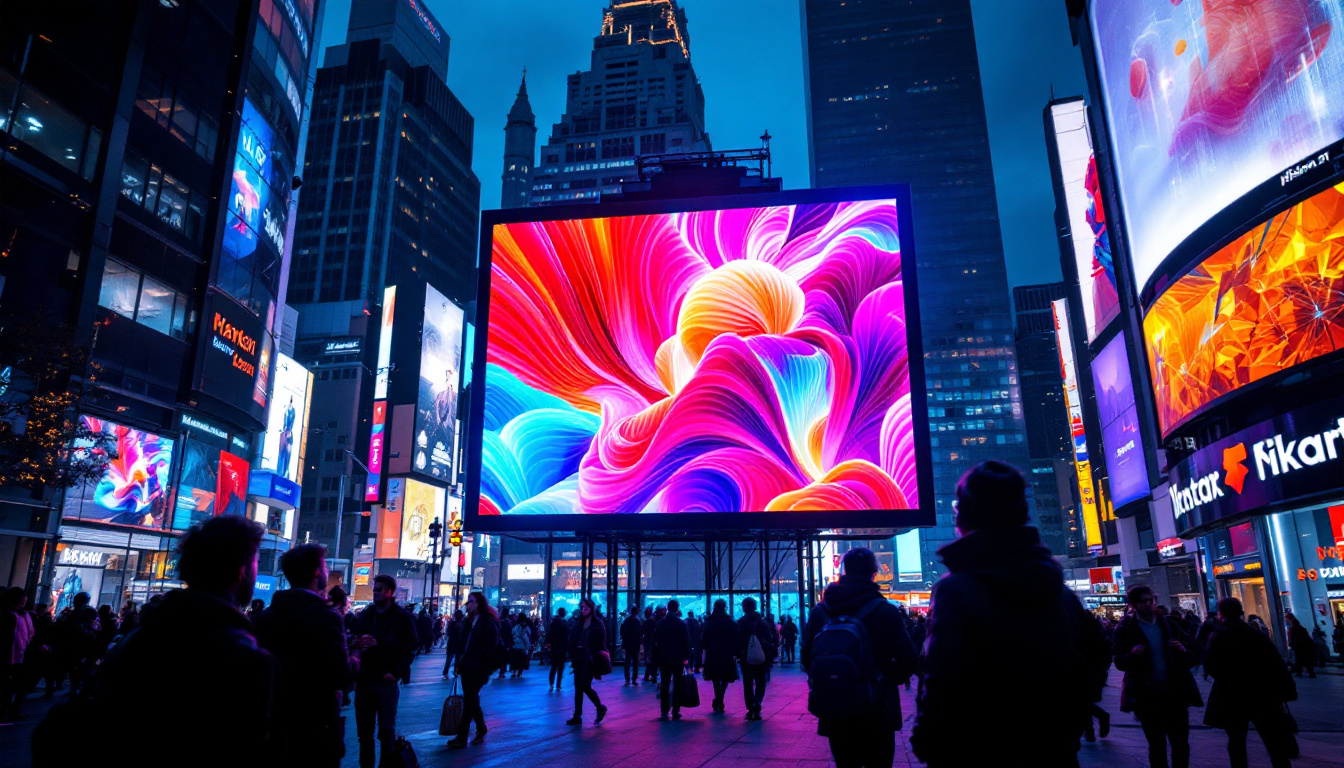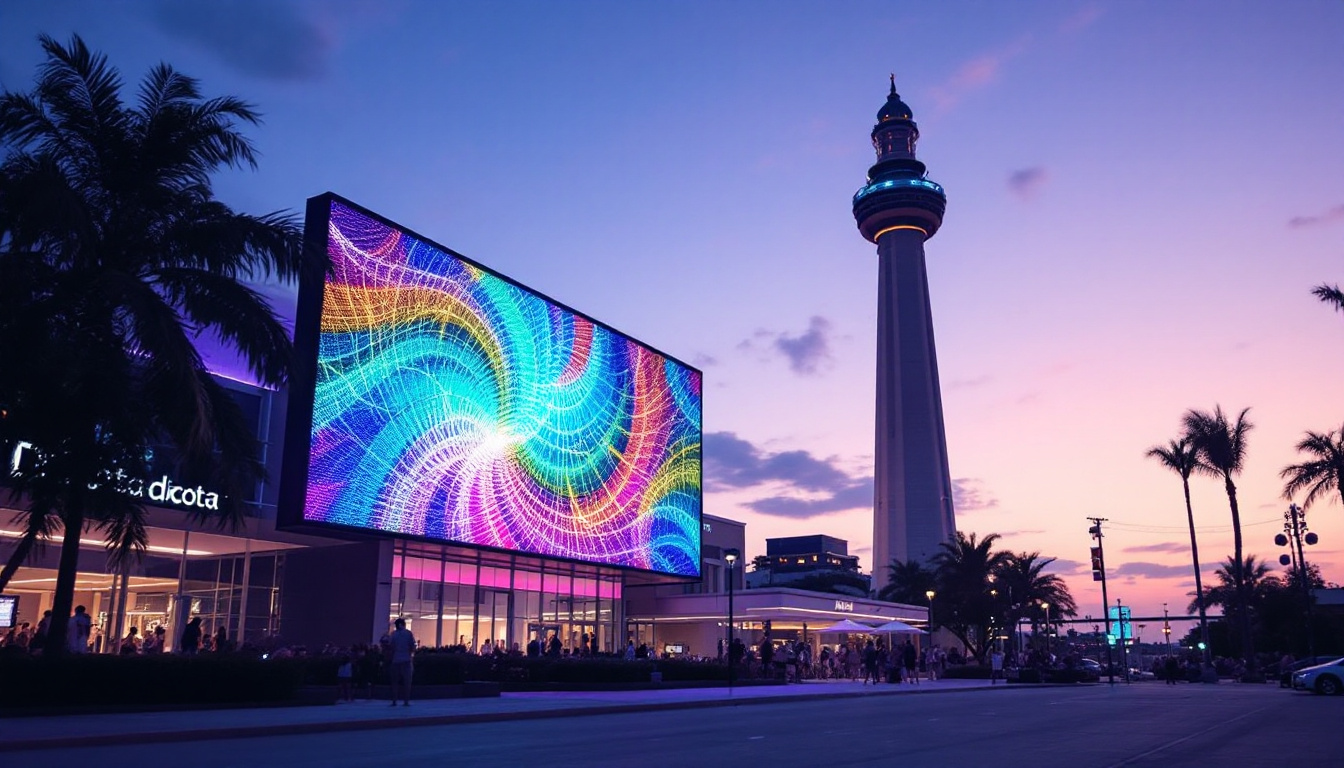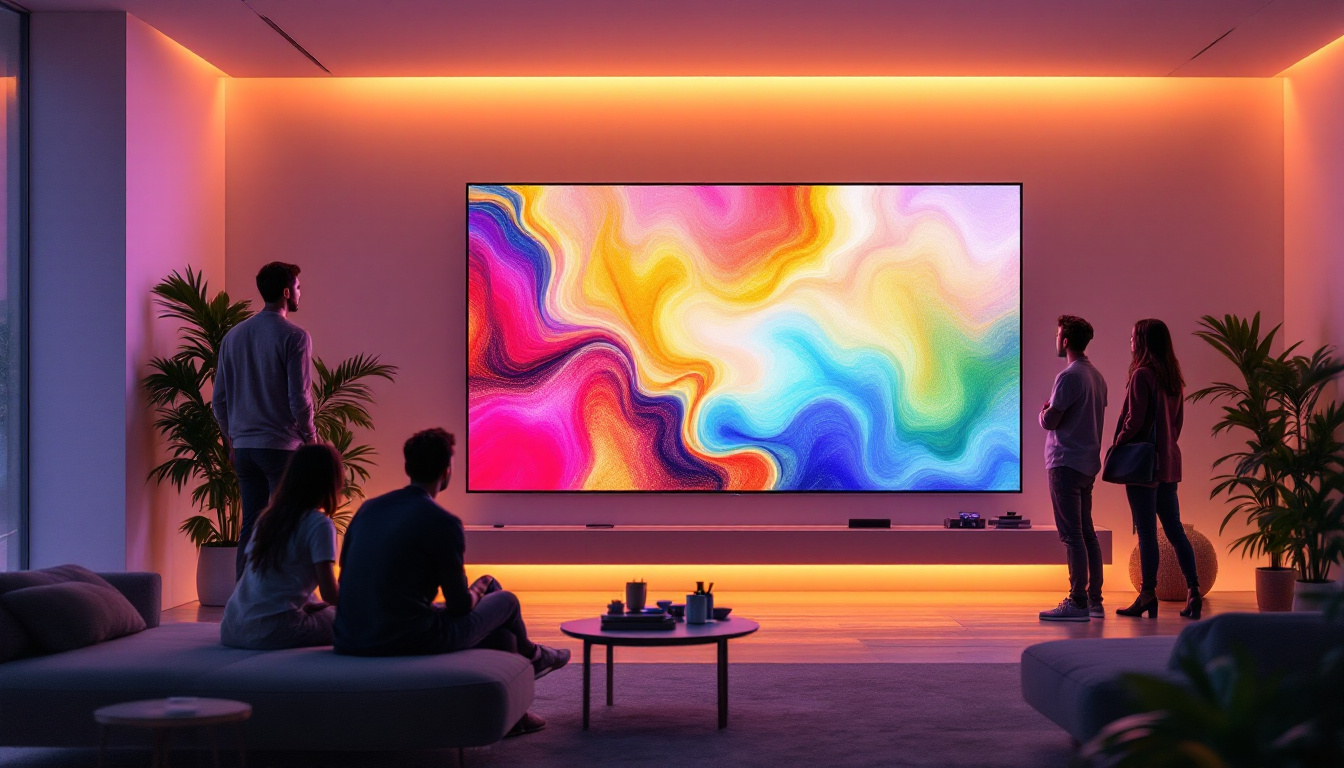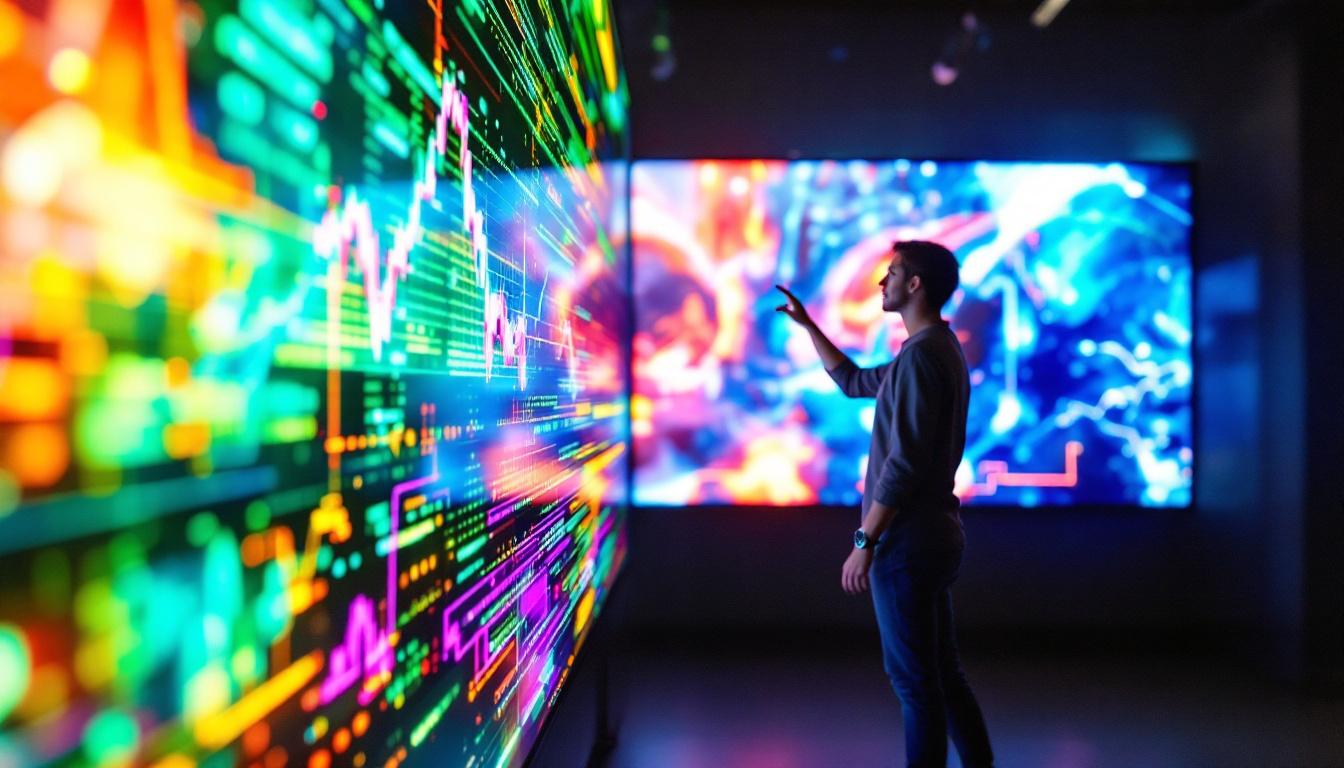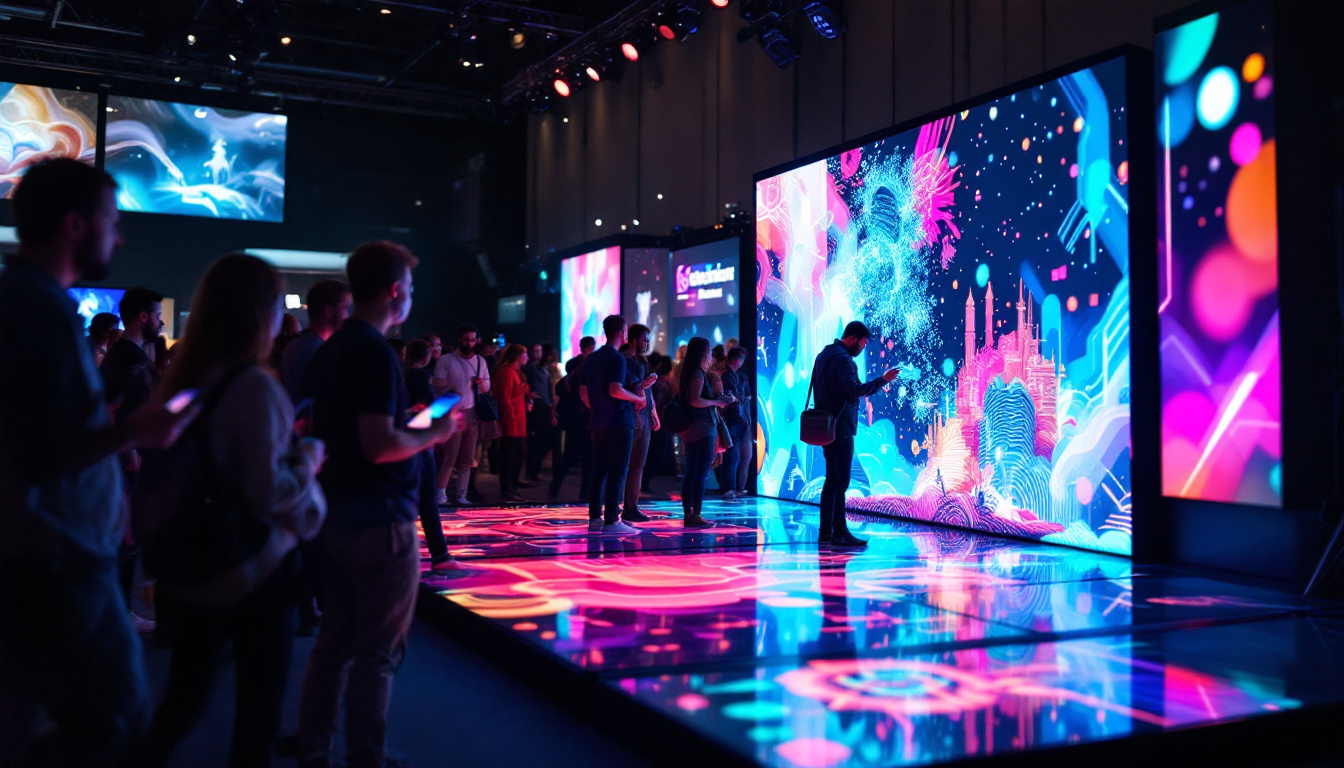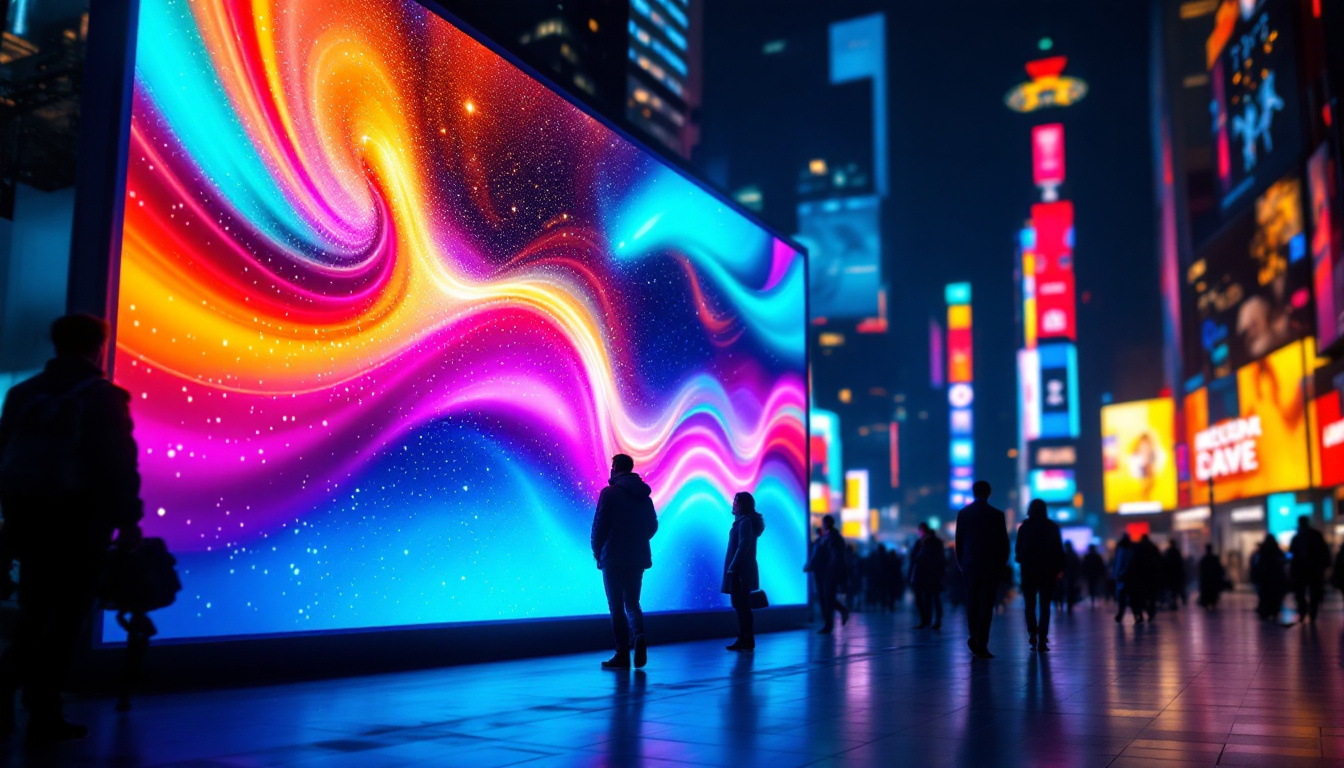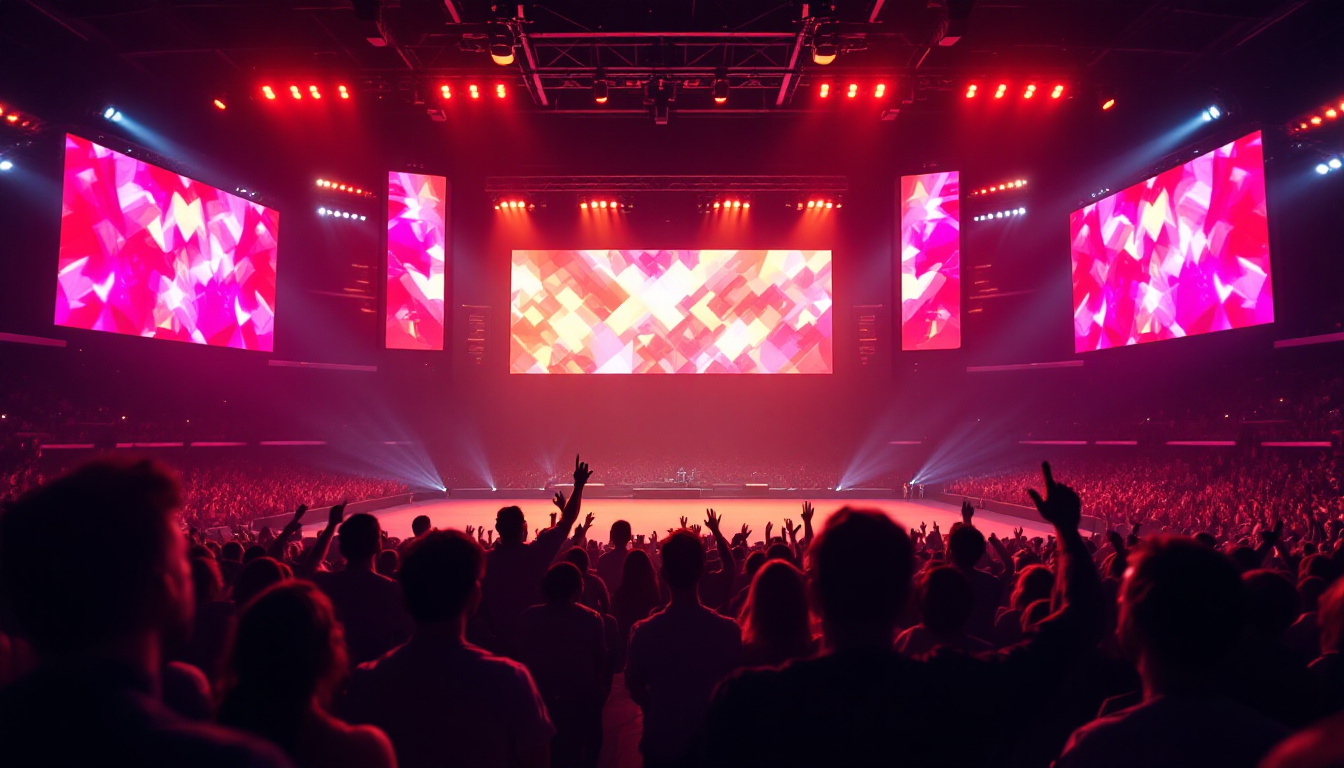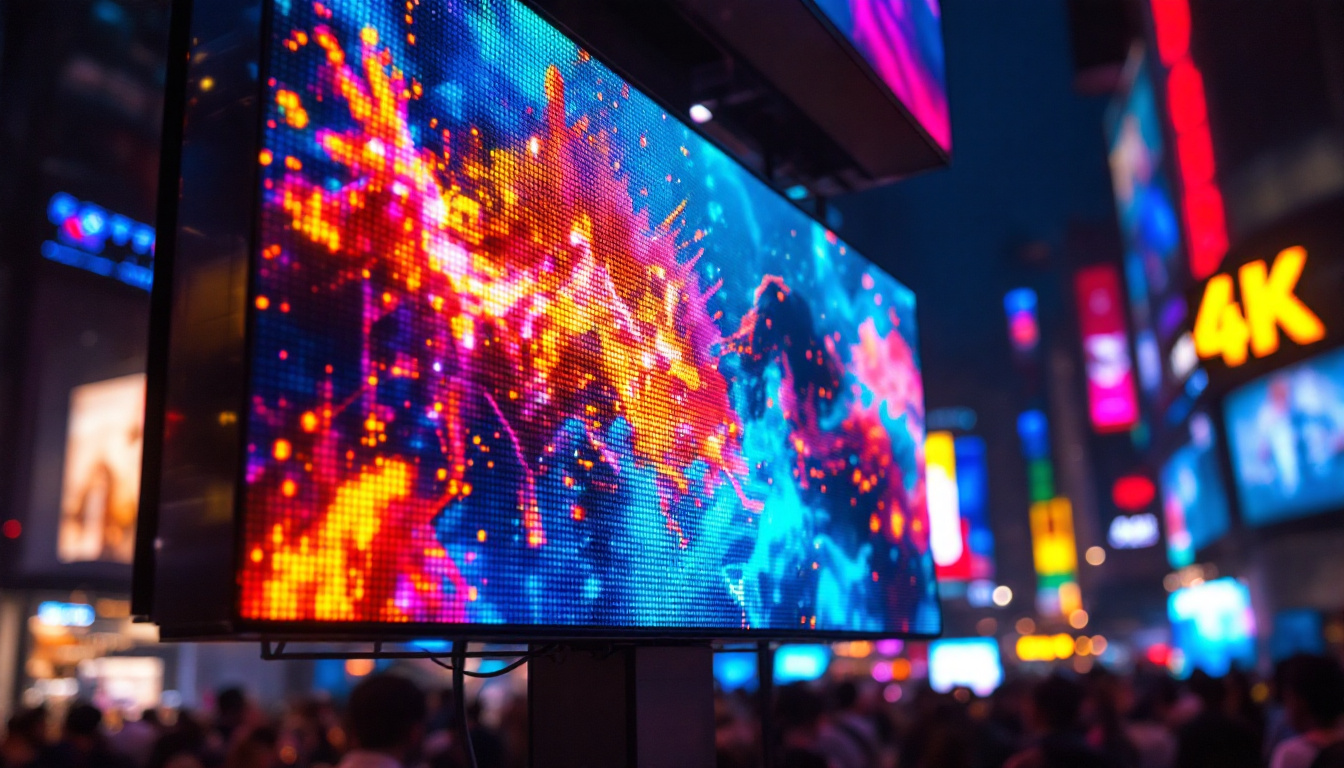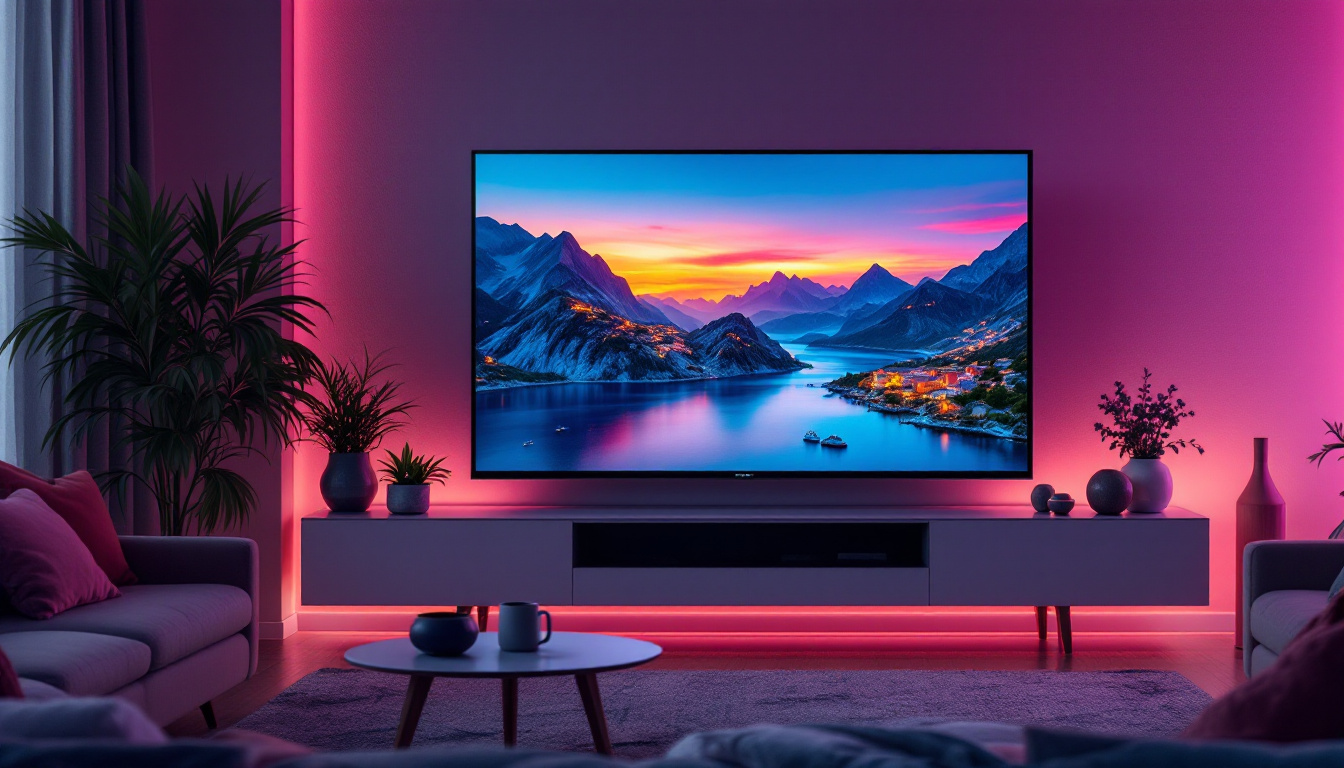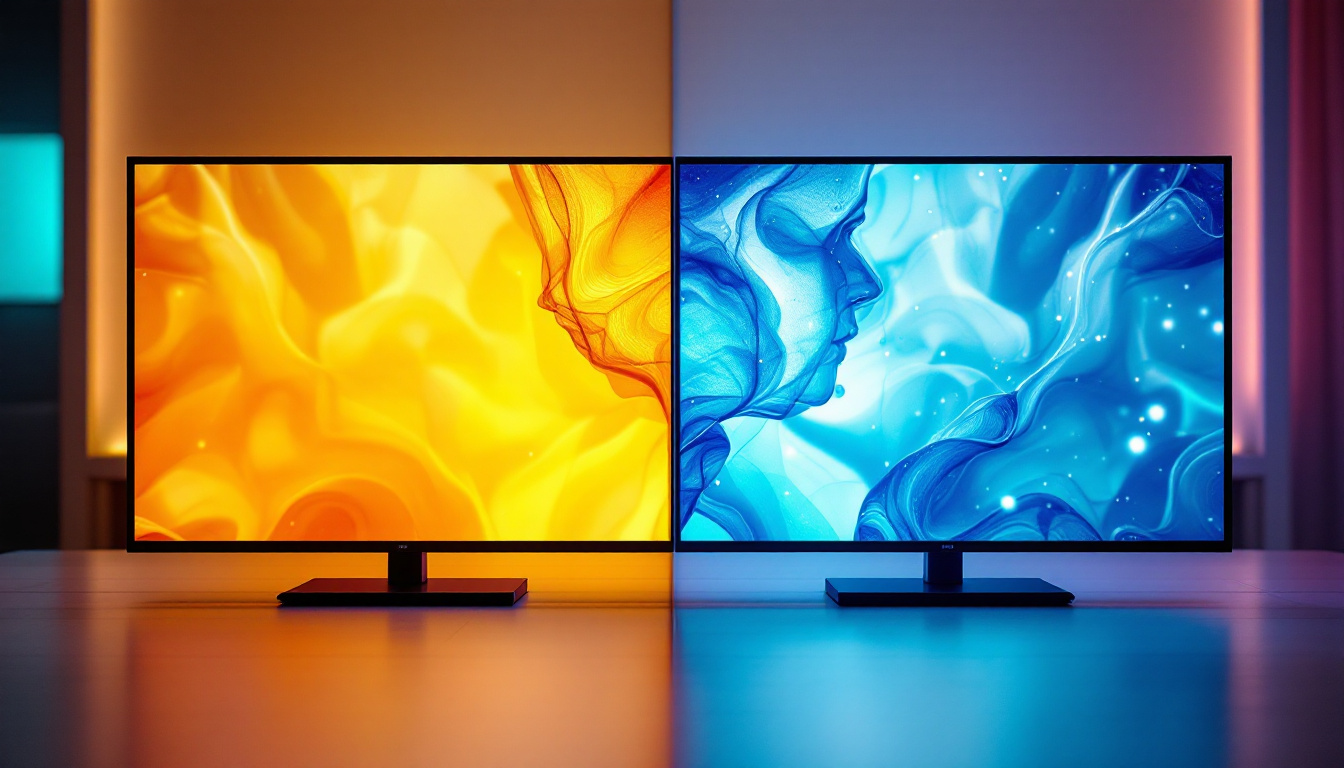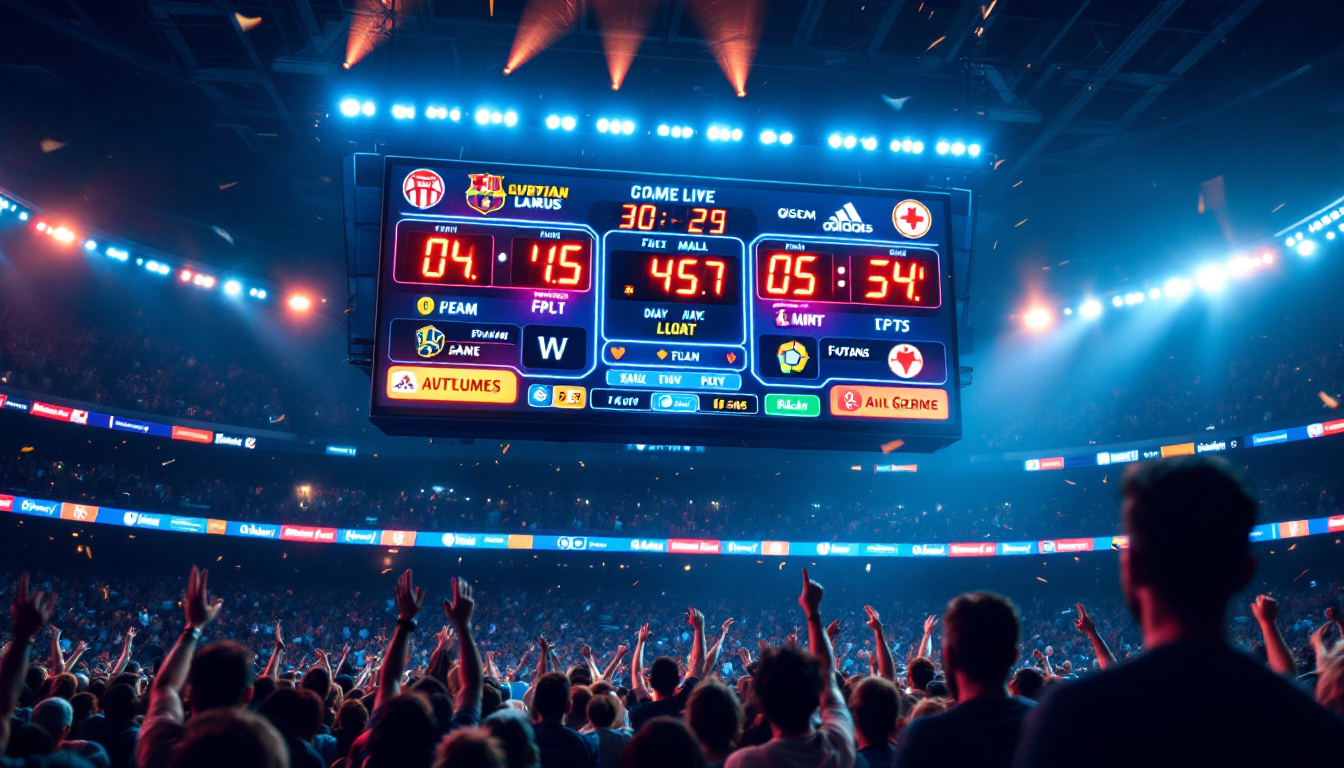The world of event production and staging has evolved significantly over the years, with technology playing a pivotal role in enhancing visual experiences. Among the various tools and equipment used in this industry, the crank stand truss has emerged as a popular choice for supporting LED displays. This article delves into the intricacies of crank stand trusses, their applications, and how they contribute to successful event setups.
Understanding Crank Stand Trusses
Crank stand trusses are essential components in the rigging and staging industry. These structures provide a robust framework for mounting various equipment, particularly LED displays, which have become a staple in modern events. The design of crank stand trusses allows for easy adjustment of height and stability, making them ideal for both indoor and outdoor applications.
What is a Crank Stand Truss?
A crank stand truss consists of a series of interconnected aluminum or steel beams that form a triangular or rectangular shape. The truss is mounted on crank stands, which are adjustable supports that allow for precise height adjustments. This feature is particularly beneficial in environments where visibility is crucial, such as concerts, trade shows, and corporate events.
The crank mechanism enables users to raise or lower the truss with ease, facilitating quick setup and teardown. This adaptability is vital in fast-paced environments where time is of the essence. Moreover, crank stand trusses are designed to bear significant weight, making them suitable for supporting heavy LED screens and lighting fixtures.
Key Features of Crank Stand Trusses
Several features make crank stand trusses a preferred choice for event organizers and production companies. Firstly, their lightweight construction allows for easy transport and setup. Despite being lightweight, they maintain a high level of structural integrity, ensuring safety and reliability during use.
Additionally, many crank stand trusses come with modular designs, enabling users to customize their configurations based on specific event requirements. This flexibility allows for creative staging solutions, accommodating various types of LED displays, from small screens to large video walls.
Another significant advantage of crank stand trusses is their compatibility with various accessories, such as safety cables, rigging hardware, and lighting fixtures. This versatility enhances their functionality, allowing event planners to create dynamic and visually appealing setups. Furthermore, the anodized finish on many aluminum trusses not only provides a sleek appearance but also offers protection against corrosion, ensuring longevity even in challenging outdoor conditions.
In addition to their practical benefits, crank stand trusses contribute to the overall aesthetic of an event. The clean lines and professional look of these trusses can elevate the visual impact of any production, making them a preferred choice for high-profile events. As technology continues to evolve, the integration of smart rigging systems with crank stand trusses is becoming more common, allowing for automated height adjustments and enhanced safety features, which further streamline the setup process and improve operational efficiency.
The Role of LED Displays in Events
LED displays have revolutionized the way information and entertainment are presented at events. Their vibrant colors, high brightness, and ability to display dynamic content make them an attractive option for event organizers. When paired with crank stand trusses, LED displays can be showcased effectively, enhancing audience engagement. The flexibility of LED technology allows for seamless integration into various event formats, whether it be a small gathering or a large-scale festival, ensuring that the visual experience is tailored to the specific needs of the event.
Benefits of Using LED Displays
One of the primary advantages of LED displays is their versatility. They can be used for a wide range of applications, including live broadcasts, advertising, and artistic presentations. The ability to display high-resolution images and videos ensures that audiences receive clear and impactful visuals. Additionally, LED displays are energy-efficient and have a long lifespan, making them a cost-effective choice for event organizers who may be concerned about budget constraints while still wanting to deliver a high-quality experience.
Moreover, LED displays can be easily programmed to show real-time content, such as social media feeds, event schedules, or promotional videos. This interactivity not only captivates the audience but also fosters a sense of connection between the event and its attendees. The use of QR codes or interactive polls displayed on these screens can further engage the audience, allowing them to participate actively in the event, whether through voting for their favorite performances or accessing exclusive content related to the event.
Enhancing Audience Experience
Incorporating LED displays into an event setup can significantly enhance the overall experience for attendees. The visual impact of large, bright screens can draw attention and create an immersive environment. Whether it’s a music festival, corporate conference, or sports event, well-placed LED displays ensure that everyone in the audience can see and engage with the content being presented. The strategic placement of these displays can also help in managing crowd flow and directing attendees to various event areas, enhancing the overall organization of the event.
Furthermore, the use of LED technology allows for creative staging solutions. Event organizers can employ various display configurations, such as curved screens or multi-panel setups, to create visually stunning backdrops that complement the event’s theme. The adaptability of LED displays means they can be used not just for traditional presentations but also for artistic installations, transforming the event space into an interactive gallery. This innovative approach not only captivates the audience but also encourages them to share their experiences on social media, further amplifying the event’s reach and impact.
Setting Up Crank Stand Trusses for LED Displays
Proper setup of crank stand trusses is crucial for ensuring the safety and effectiveness of the LED display. This process involves several steps, from planning the layout to securing the equipment. Following best practices can help avoid common pitfalls and ensure a successful event.
Planning the Layout
Before any physical setup begins, it’s essential to plan the layout of the event space. Considerations should include the audience’s sightlines, the size of the LED display, and the overall theme of the event. A well-thought-out layout will maximize visibility and engagement, allowing attendees to fully appreciate the content being presented.
Additionally, understanding the venue’s dimensions and any potential obstacles, such as lighting fixtures or other equipment, is vital. This information will guide decisions regarding the placement and height of the crank stand trusses.
Assembling the Crank Stand Truss
Once the layout is established, the next step is to assemble the crank stand truss. This process typically involves connecting the truss sections and securing them with appropriate hardware. It is crucial to follow the manufacturer’s guidelines during assembly to ensure structural integrity.
After assembling the truss, the crank stands should be positioned and adjusted to the desired height. It’s essential to ensure that the truss is level and stable before attaching the LED display. Any imbalance can lead to safety hazards and equipment failure.
Securing the LED Display
With the crank stand truss in place, the LED display can be securely mounted. This process often involves using safety cables and brackets to ensure that the display remains stable during the event. Properly securing the LED display not only enhances safety but also ensures that the visuals remain clear and unobstructed throughout the event.
Regular checks should be conducted to ensure that all connections are secure and that the truss remains stable. This vigilance is especially important in outdoor settings, where wind and other environmental factors can impact the setup.
Safety Considerations
Safety is paramount when working with crank stand trusses and LED displays. Ensuring the safety of both the equipment and the audience should be a top priority for event organizers. There are several best practices to follow in this regard.
Weight Limits and Load Distribution
Each crank stand truss has a specified weight limit, which should never be exceeded. Understanding the weight of the LED display and any additional equipment being mounted is crucial for safe operation. Load distribution is equally important; the weight should be evenly distributed across the truss to prevent tipping or structural failure.
Consulting with professionals who specialize in rigging and staging can provide valuable insights into safe load limits and best practices for setup. This expertise can help avoid potential accidents and ensure a smooth event experience.
Regular Inspections
Conducting regular inspections of the crank stand truss and LED display setup is essential for maintaining safety. Before the event begins, a thorough check should be performed to ensure that all components are secure and functioning correctly. This includes examining the truss connections, crank mechanisms, and safety cables.
During the event, it is advisable to have personnel on hand to monitor the setup and address any issues that may arise. This proactive approach can help mitigate risks and ensure a safe environment for both the audience and the crew.
Training and Certification
Proper training for personnel involved in the setup and operation of crank stand trusses and LED displays is critical. Many organizations offer certification programs that educate individuals on safe rigging practices, equipment handling, and emergency procedures. Investing in training not only enhances safety but also fosters a culture of professionalism within the event production team.
Conclusion
The integration of crank stand trusses and LED displays has transformed the landscape of event production. Their ability to provide dynamic visual experiences while ensuring safety and stability makes them invaluable tools for event organizers. By understanding the intricacies of these systems and adhering to best practices, professionals in the industry can create memorable events that captivate audiences.
As technology continues to advance, the possibilities for creative staging solutions will only expand. Embracing these innovations will be key to staying ahead in the competitive world of event production. Whether it’s a concert, conference, or festival, the combination of crank stand trusses and LED displays will undoubtedly play a significant role in shaping the future of live events.
Discover LumenMatrix’s Innovative LED Solutions
Ready to elevate your event production with cutting-edge LED technology? LumenMatrix is at the forefront of creating immersive visual experiences with a comprehensive range of LED display solutions. From vibrant Indoor and Outdoor LED Wall Displays to dynamic Vehicle and Sports LED Displays, our products are designed to captivate your audience and amplify your message. Explore our innovative LED Poster Displays, interactive Floor LED Displays, and the sleek All-in-One and Transparent LED options. Embrace the future of visual storytelling with LumenMatrix and transform your next event into a memorable spectacle. Check out LumenMatrix LED Display Solutions today and see your vision come to life.

